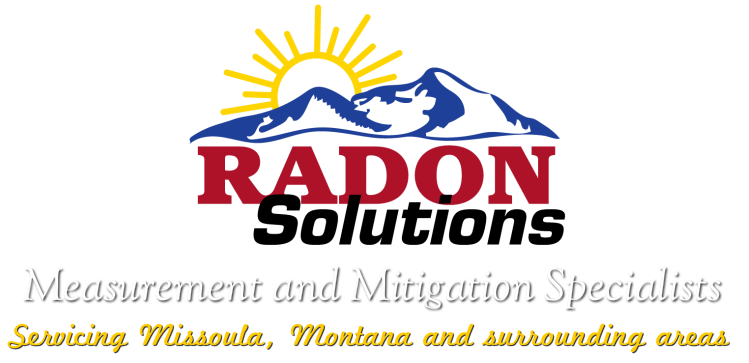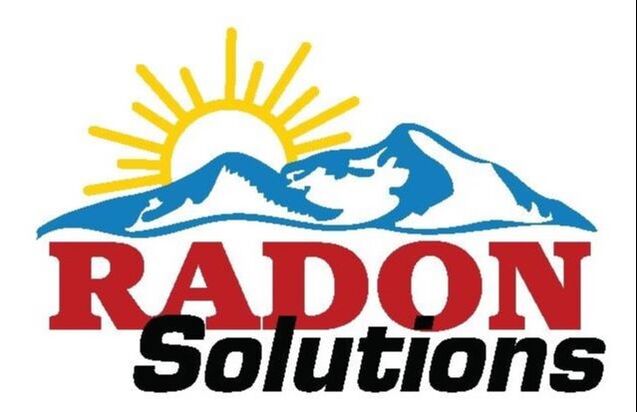Radon is a radioactive gas. It has no color, odor, or taste. Unless you test for it, there is no way of
telling how much is present in the air you breathe.
Radon is identified as the second leading cause of lung cancer in the United States, second only to smoking. If you smoke and are exposed to elevated radon levels, your risk of lung cancer is increased significantly.
Radon is formed by the natural radioactive decay of Uranium in rock, soil, and water. Low levels of Uranium occur naturally in the earth’s crust and can be found in all 50 states. The geology of an area typically determines the concentrations of Radon Found. The U.S. EPA has documented the radon potential of Montana and unfortunately has determined that almost the entire state is in Zone 1, the highest potential of predicted average indoor radon levels – greater than 4 pCi/L. http://www.epa.gov/radon/zonemap.html
Most indoor radon comes from the soil or rock beneath the building. When radon rises through the soil, it gets trapped under the building and builds up pressure. It then moves into the home via cracks in the foundation, openings around sump pits, cavities in walls, joints, gaps around utility pipes/wires, crawlspaces, etc.
Your health risk is determined by the amount of time you are exposed to an elevated Radon concentration. The EPA recommends that all homes be mitigated below 4 pCi/L, but risk exists at any level. Take action now.
Radon is identified as the second leading cause of lung cancer in the United States, second only to smoking. If you smoke and are exposed to elevated radon levels, your risk of lung cancer is increased significantly.
Radon is formed by the natural radioactive decay of Uranium in rock, soil, and water. Low levels of Uranium occur naturally in the earth’s crust and can be found in all 50 states. The geology of an area typically determines the concentrations of Radon Found. The U.S. EPA has documented the radon potential of Montana and unfortunately has determined that almost the entire state is in Zone 1, the highest potential of predicted average indoor radon levels – greater than 4 pCi/L. http://www.epa.gov/radon/zonemap.html
Most indoor radon comes from the soil or rock beneath the building. When radon rises through the soil, it gets trapped under the building and builds up pressure. It then moves into the home via cracks in the foundation, openings around sump pits, cavities in walls, joints, gaps around utility pipes/wires, crawlspaces, etc.
Your health risk is determined by the amount of time you are exposed to an elevated Radon concentration. The EPA recommends that all homes be mitigated below 4 pCi/L, but risk exists at any level. Take action now.

